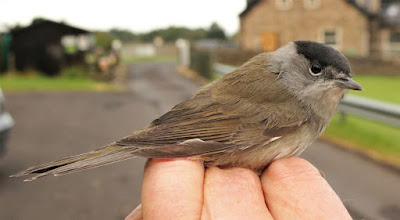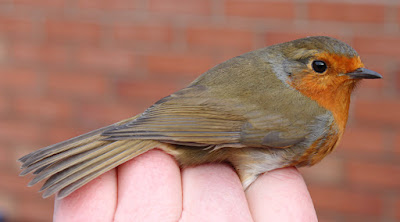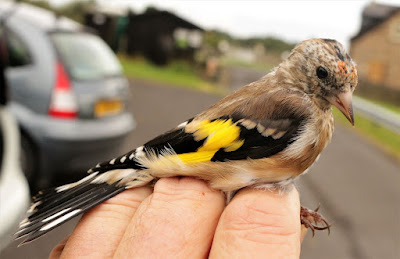Wednesday, August 31, 2022
It’s An Ill Wind
Friday, August 26, 2022
Oh Dear, How Sad. Never Mind.
This is known as Driven Game Shooting, a form of shooting more formal than simply walking with a dog alongside the hedgerows, and is
usually confined to pheasant, partridge and grouse shooting.
On the shoot day, a team of shooters, or Guns, line out at
numbered pegs. Meanwhile, under the gamekeeper’s instructions, a group of
beaters and their dogs move through areas of woodland or covert, flushing the
game ahead of them.
The aim is to get the birds to break cover and fly high over the line of Guns to provide sporting shots. Shot game is retrieved quickly by a picker-up who sends his/her trained gundog to where the shot game falls. Because of the organisation and number of people involved in a shoot of this sort, the financial cost to the Guns is considerably higher than in the other types of shooting.
Thursday, August 25, 2022
Friday, August 19, 2022
Plucking Post
Monday, August 15, 2022
Sunday Monday
Sunday morning. Even in the half-light the garden trees and bushes stood motionless against the clear sky. I grabbed a piece of toast, stuffed some fruit into a bag and set off to have a few hours out Pilling Way.
There were 50 or 60 Swallows around with possibly the remnants of an overnight roost in nearby reeds. I made a mental note to keep any eye on the possibility. The Linnet flock is always dependable and although the numbers on the move, 70/90, didn’t approach recent counts, seven more found their way into the single panel mist net in the seed plot.
That’s 30 Linnets ringed here since June, twenty nine of them juveniles of the year and just one adult. Those thirty give us a head start for the bigger numbers of later autumn and winter with better catches. We just wish that ringers nationwide would try and catch more Linnets so as to gather more data and thereby help this Red Listed farmland species.
Although the soft-focus juveniles present no problems in assigning male or female because their size, the respective plumages are different.
Linnet male
The overnight clear skies and morning produced little in the way of other new birds except for singles of Robin, Wren and at last, a juvenile Reed Warbler.
Excitement came in the form of the now regular juvenile Peregrine, this time carrying small and dark prey beneath its belly, possibly a Starling.
Not to be outdone, along came a “cream top” Marsh Harrier heading purposely south towards Pilling Village and beyond in the direction of The River Wyre. It was 27 July when we recorded the first of Marsh Harrier of the autumn on the same north to south east trajectory, a route that the species seems to always follow.
+++++++++++++++++++++
Monday was a day with grandkids M and S. We drove up to Knott End village to await the tide dependent ferry for the two hundred yards journey across the Wyre where they could sample again the delights of the ancient fishing port of Fleetwood Town - 2p slot machines followed by a picnic and ice creams. The midday high tide would stay around long enough to take the return ferry in a few hours’ time. Missing the last ferry back to Knott End would entail a tortuous 18/20 miles never ending bus journey.
There are lots of pics below with little or no commentary. Click the pics for a bigger and better trip to West Lancashire.
Follow the fun starting at Knott End, crossing the River Wyre on the ferry, a walk in Fleetwood including the two penny slot machines and then take the journey back to Knott End. The morning was grey with later drizzle and rather spoiled the photos but not the fun.
What better way to finish the day with a couple of grilled Plaice fresh from those Morecambe Bay sands?
Back soon with more news vies and Lancashire treats.




















.jpg)


.jpg)

.JPG)
.JPG)
.JPG)
.JPG)
.JPG)
.JPG)
.JPG)
.JPG)
.JPG)
.JPG)
.JPG)
.JPG)
.JPG)
.JPG)
.JPG)
.JPG)


.JPG)
.JPG)
.JPG)
.JPG)
.JPG)
.JPG)
.JPG)